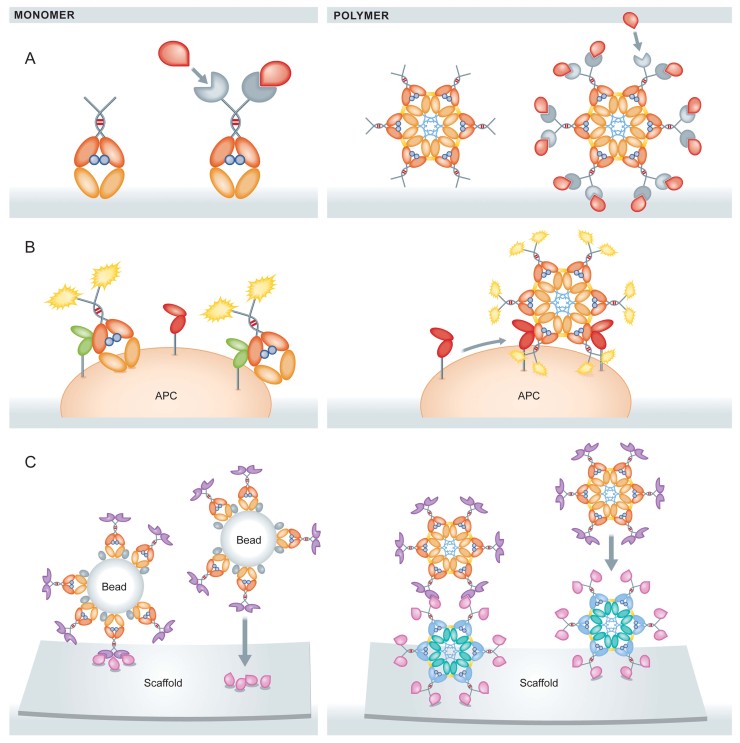Figure 2. Different capabilities for different Fc-fusion stoichiometries.
- Polymeric Fc-fusions are expected to greatly increase the effectiveness of therapeutic fusions that function either by binding free ligands (such as etanercept) or by interacting with carbohydrate-receptors in IVIG (for complexes without the fusion partner), as a consequence of their greater valency. Monomeric versions would be expected to exhibit more rapid tissue penetration than the polymers, although both can likely access similar regions (Kaveri et al, 2012; Vollmers & Brandlein, 2006).
- Monomeric and polymeric Fc-fusions interact with fundamentally different sets of FcRs. The clustering of low-affinity FcRs on APCs by polymeric Fc-fusions would initiate signals required by APCs for their maturation and development, essential steps in effective vaccination.
- Monomeric Fc-fusions can be coupled to protein G/A coated micron-sized beads to high, though variable, stoichiometry for the detection of critical low-affinity protein:protein or protein:drug interactions in protein microarrays. By comparison, polymeric Fc-fusions as nanosized Fc-scaffolds might be more suitable to sensitive in vivo assays where heavy beads are inappropriate.

